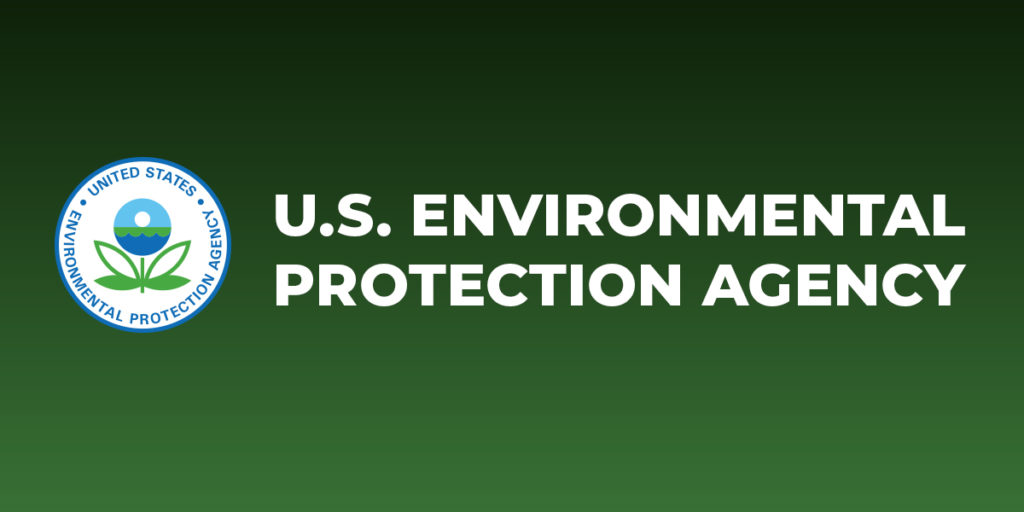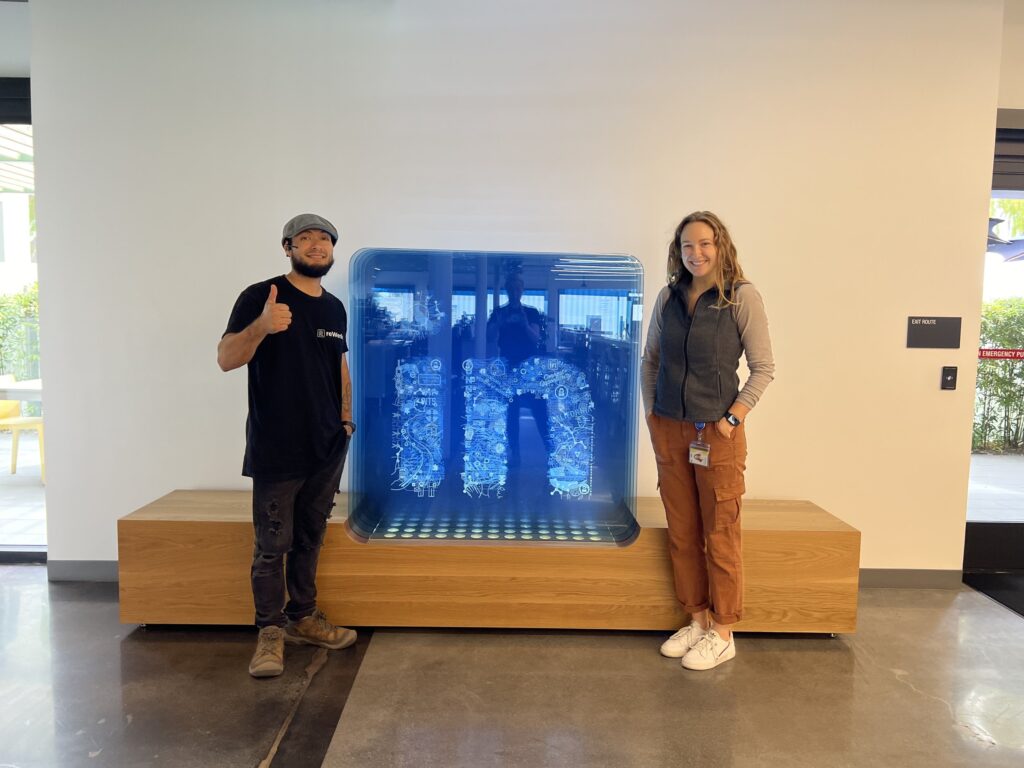Rheaply is excited to announce that it has been awarded a Phase I SBIR grant from the U.S. Environmental Protection Agency (EPA). This grant will provide Rheaply with the resources to continue building out its material reuse and carbon reporting work in the built environment.
The Phase I SBIR award is the “proof of concept” stage in the company’s work with the EPA. In total, the Federal SBIR Program awards approximately $3.2 billion across the federal government as a set-aside program for small businesses to engage in federal research and development.

Rheaply and the EPA
As the single largest consumer of materials and energy use worldwide, the construction sector remains a prime target for materials reuse reform. Construction and ongoing operation of the built environment extracts a significant amount of resources – and on an ongoing basis. According to the U.S. Green Building Council (USGBC), buildings account for approximately 40% of total energy use, 40% of raw materials use, 30% of waste output, 13.6% of total potable water consumption, 73% of total electricity consumption, and 38% of greenhouse gas (GHG) emissions (USGBC, 2015).
Research, regulatory compliance and even voluntary efforts to lower the built environment’s GHG demand have consistently and aggressively focused on managing, measuring and reporting the energy efficiency lifecycle from design through post-occupancy performance. However, energy efficiency is responsible for only one portion of a building’s GHG emissions; its operational carbon impact. Embodied carbon – the remaining carbon impact – derives from the combined GHG emissions caused by extraction, manufacture, transportation, construction, maintenance, replacement, deconstruction, disposal, and end of life activities for the collective materials and systems that comprise a building. Annually, embodied carbon is responsible for 11% of global GHG emissions and 28% of global building sector emissions.
Sustainable Materials Management demands a lifecycle approach to promoting environmentally responsible harvesting, management and usage of a quite complex and often-commingled supply chain of resources. In the built environment, this calls for a shift in “cradle to gate” design thinking to “cradle to cradle” design thinking. Rheaply’s Resource Exchange is a web-based asset management system that employs the best in-class features on a modern-day online marketplace to increase asset visibility, utilization, and redeployment. On Rheaply’s platform, construction stakeholders can request and exchange reclaimed building materials.
This award will allow Rheaply to go beyond typical usage of surplus materials and invest in additional features that will enable the platform to empower decarbonization efforts by reporting on estimated embodied carbon savings related to each transaction of reclaimed materials.
“Small businesses funded through the EPA’s Small Business Innovative Research (SBIR) Program provide innovative approaches to address EPA’s mission of protecting human health and the environment,” said April Richards, EPA SBIR Program Manager.
More details about the EPA SBIR funding can be found here.


